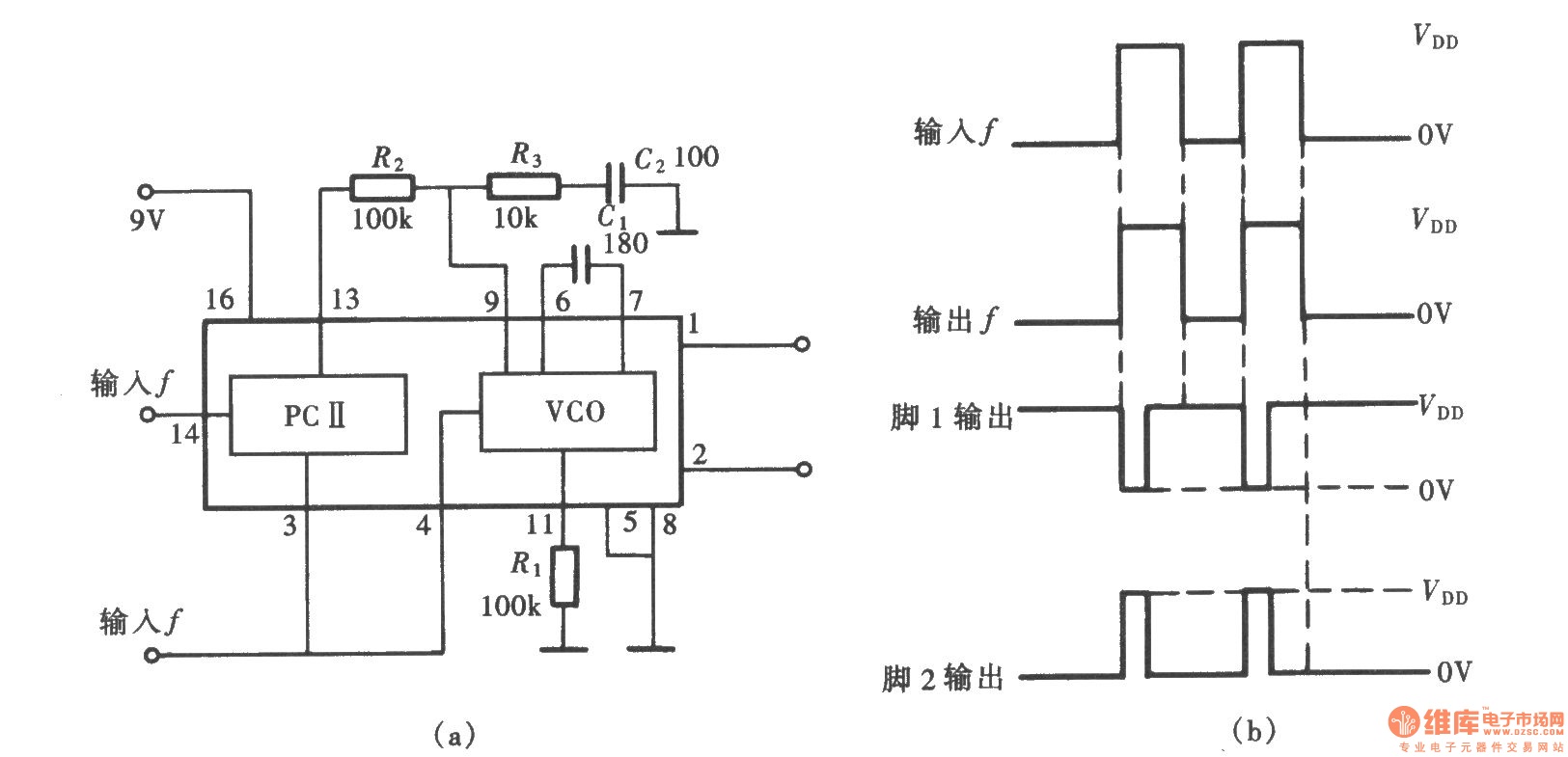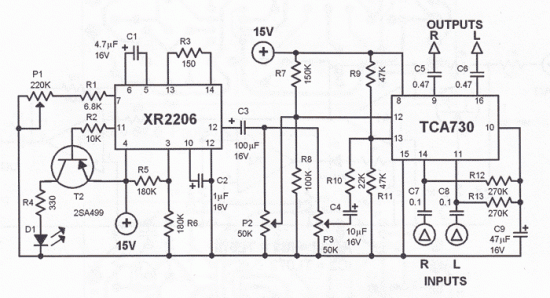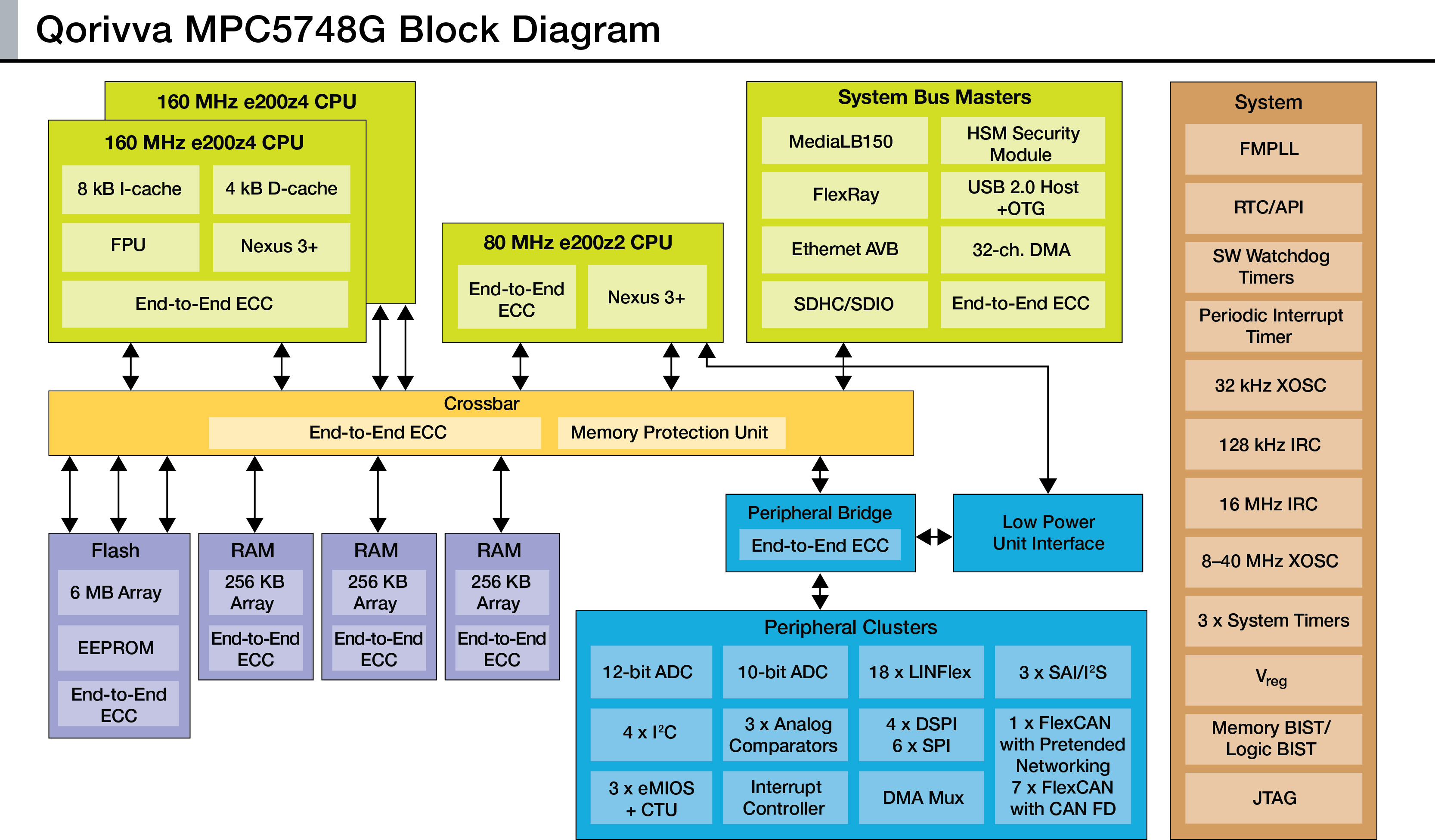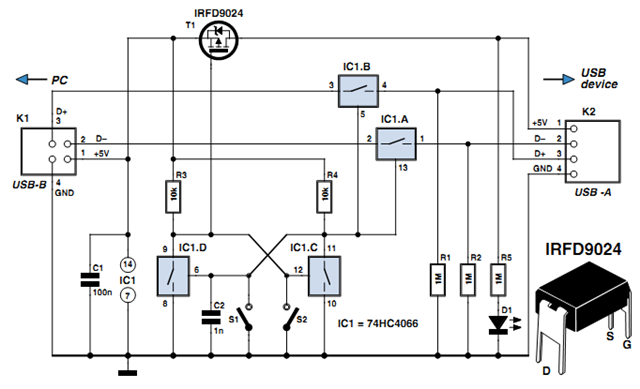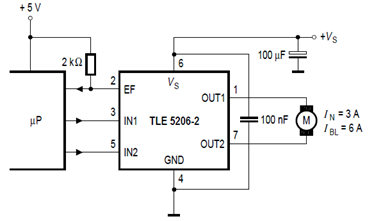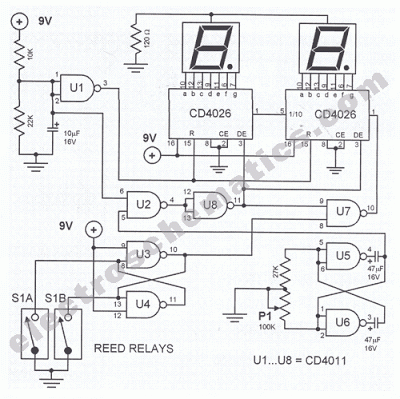
KIT CAR Lights circuit
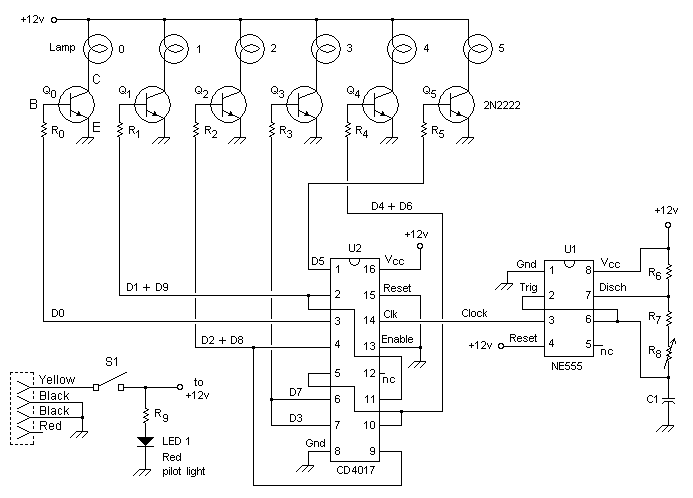
This custom mod gives your computer the personality of KITT, the computerized car from Knight Rider TV fame. The project is a light display which imitates the dot in KITT's hood. It looks like the scanning eye of the car's computer that is so smart it has a personality and acts autonomously. Some people have said the computer shows more emotion and personality than the main actor, David Hasselhoff. The effect has variable speed to suit your taste, and a power switch to turn it off. After all, this much bright motion seen from the corner of your eye will grab your attention and rip your eyeball out of its socket. I'd hate to be responsible!
The circuit design for the KITT-inspired light display utilizes a combination of resistors, capacitors, transistors, and integrated circuits to create a visually appealing scanning effect. The primary components include the NE555 timer, which is configured in astable mode, generating a square wave output that controls the timing of the light display. The CD4017 decade counter is employed to sequentially activate the output lamps, simulating the scanning motion of KITT's eye.
The resistors (R0 to R9) play crucial roles in limiting current and setting the timing characteristics of the NE555 timer. Specifically, R8 is a 5K ohm linear taper potentiometer, allowing for variable speed adjustment of the light sequence. The capacitors (C1) are connected in parallel to ensure sufficient charge and discharge cycles, which are vital for the timing operations of the circuit.
The light output is achieved through six incandescent panel lights (Lamp 0 to Lamp 5), each rated for 50 mA at 12V DC, providing a bright and attention-grabbing display. The red pilot light (LED1) serves as an indicator when the circuit is powered on. The NPN transistors (Q0 to Q5) are used to drive the lamps, switching them on and off in response to the output signals from the CD4017.
The circuit is powered by a 12V DC supply, connected via a 4-pin PC power connector. An SPST switch (S1) allows the user to easily turn the entire setup on or off. The use of IC sockets for both the NE555 timer and the CD4017 facilitates easy replacement and maintenance of these components.
The entire assembly is housed within an old CD-ROM drive case, providing a compact and visually appealing enclosure for the circuit. Solid core hookup wire is utilized for connections on the circuit board, ensuring reliable electrical performance. A Dremel moto-tool may be employed for any necessary modifications to the case or components during the assembly process. This project not only enhances the aesthetic appeal of a computer but also adds a unique interactive feature reminiscent of the iconic KITT car.This custom mod gives your computer the personality of KITT, the computerized car from Knight Rider TV fame. The project is a light display which imitates the dot in KITT's hood. It looks like the scanning eye of the car's computer that is so smart it has a personality and acts autonomously.
Some people have said the computer shows more emotion and personality than the main actor, David Hasselhoff. The effect has variable speed to suit your taste, and a power switch to turn it off. After all, this much bright motion seen from the corner of your eye will grab your attention and rip your eyeball out of its socket.
I'd hate to be responsible! Parts List R0 / R5 - 2.2K ohm resistor (six required) R6 - 2.2K ohm resistor R7 - 1.0K ohm resistor R8 - 5K ohm linear taper potentiometer (for speed control) R9 - 1K ohm (for pilot light) C1 - three 4.7 uF capacitors in parallel Lamp 0 / 5 - incandescant 50 mA 12v dc panel light (six required) LED1 - red pilot light Q0 / Q5 - 2n2222 npn transistor (six required) (e.g. Jameco 38236PS) U1 - NE555 timer (e.g. Jameco 27422) U2 - CD4017 decade counter decoder (e.g. Jameco 12749CM) S1 - spst switch (for on/off switch) 4-pin PC power connector (for 12v connection) 8-pin IC socket (for NE555 timer chip) (e.g.
Jameco 683104) 16-pin IC socket (for CD4017 counter) (e.g. Jameco 683121) old CD-ROM drive (for the case) solid core hookeup wire circuit board Dremel moto-tool 🔗 External reference
The circuit design for the KITT-inspired light display utilizes a combination of resistors, capacitors, transistors, and integrated circuits to create a visually appealing scanning effect. The primary components include the NE555 timer, which is configured in astable mode, generating a square wave output that controls the timing of the light display. The CD4017 decade counter is employed to sequentially activate the output lamps, simulating the scanning motion of KITT's eye.
The resistors (R0 to R9) play crucial roles in limiting current and setting the timing characteristics of the NE555 timer. Specifically, R8 is a 5K ohm linear taper potentiometer, allowing for variable speed adjustment of the light sequence. The capacitors (C1) are connected in parallel to ensure sufficient charge and discharge cycles, which are vital for the timing operations of the circuit.
The light output is achieved through six incandescent panel lights (Lamp 0 to Lamp 5), each rated for 50 mA at 12V DC, providing a bright and attention-grabbing display. The red pilot light (LED1) serves as an indicator when the circuit is powered on. The NPN transistors (Q0 to Q5) are used to drive the lamps, switching them on and off in response to the output signals from the CD4017.
The circuit is powered by a 12V DC supply, connected via a 4-pin PC power connector. An SPST switch (S1) allows the user to easily turn the entire setup on or off. The use of IC sockets for both the NE555 timer and the CD4017 facilitates easy replacement and maintenance of these components.
The entire assembly is housed within an old CD-ROM drive case, providing a compact and visually appealing enclosure for the circuit. Solid core hookup wire is utilized for connections on the circuit board, ensuring reliable electrical performance. A Dremel moto-tool may be employed for any necessary modifications to the case or components during the assembly process. This project not only enhances the aesthetic appeal of a computer but also adds a unique interactive feature reminiscent of the iconic KITT car.This custom mod gives your computer the personality of KITT, the computerized car from Knight Rider TV fame. The project is a light display which imitates the dot in KITT's hood. It looks like the scanning eye of the car's computer that is so smart it has a personality and acts autonomously.
Some people have said the computer shows more emotion and personality than the main actor, David Hasselhoff. The effect has variable speed to suit your taste, and a power switch to turn it off. After all, this much bright motion seen from the corner of your eye will grab your attention and rip your eyeball out of its socket.
I'd hate to be responsible! Parts List R0 / R5 - 2.2K ohm resistor (six required) R6 - 2.2K ohm resistor R7 - 1.0K ohm resistor R8 - 5K ohm linear taper potentiometer (for speed control) R9 - 1K ohm (for pilot light) C1 - three 4.7 uF capacitors in parallel Lamp 0 / 5 - incandescant 50 mA 12v dc panel light (six required) LED1 - red pilot light Q0 / Q5 - 2n2222 npn transistor (six required) (e.g. Jameco 38236PS) U1 - NE555 timer (e.g. Jameco 27422) U2 - CD4017 decade counter decoder (e.g. Jameco 12749CM) S1 - spst switch (for on/off switch) 4-pin PC power connector (for 12v connection) 8-pin IC socket (for NE555 timer chip) (e.g.
Jameco 683104) 16-pin IC socket (for CD4017 counter) (e.g. Jameco 683121) old CD-ROM drive (for the case) solid core hookeup wire circuit board Dremel moto-tool 🔗 External reference
